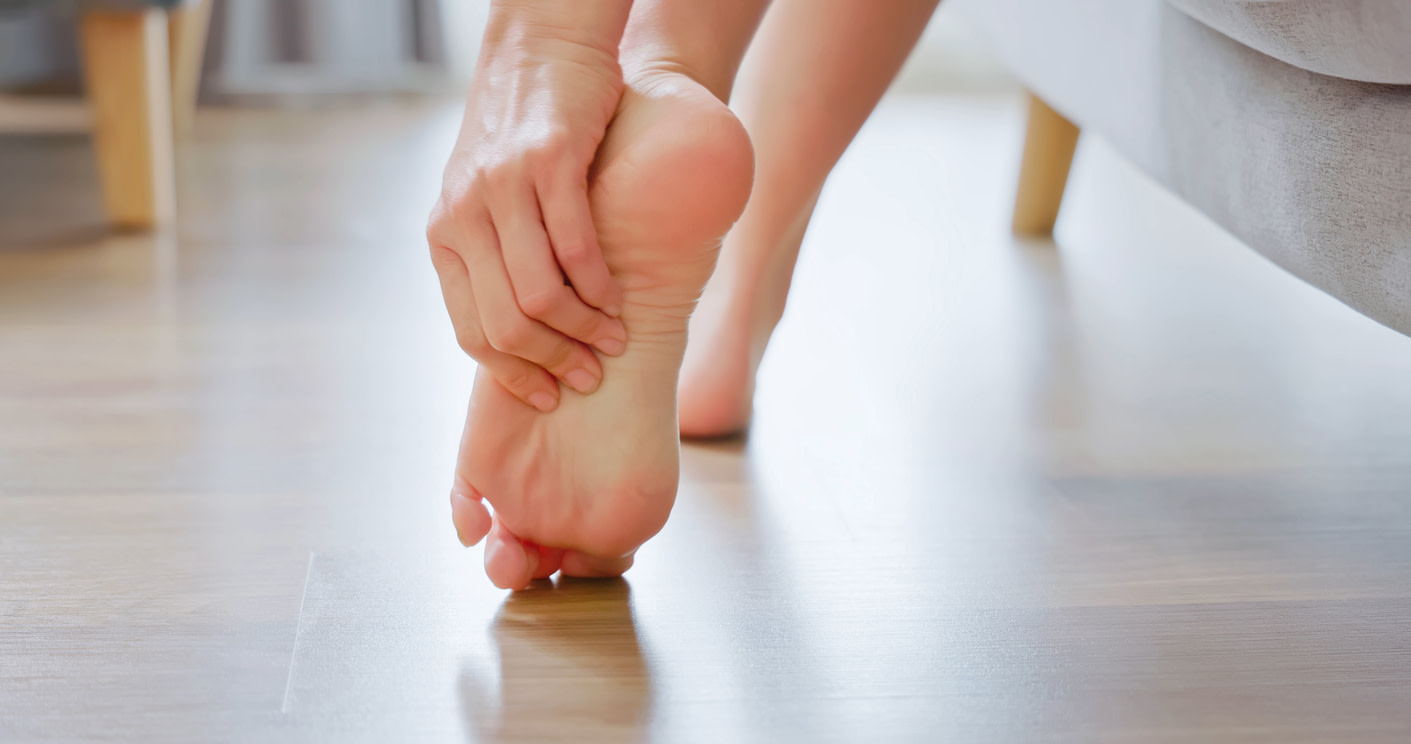Why does my foot arch hurt? Causes other than plantar fasciitis and what helps
Wondering why your foot arch hurts when you don’t have plantar fasciitis? Learn common causes, symptoms, and the best treatments for foot arch pain.
$0 costo para usted
Fecha de Publicación: Jul 24, 2025
El índice
Fully covered foot or ankle pain relief
Find relief from foot pain, ankle pain, plantar fasciitis, & more.
Check if I'm eligible